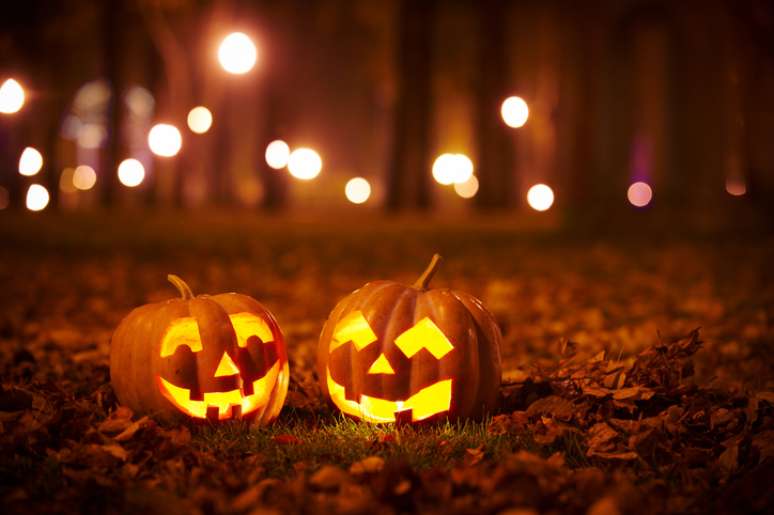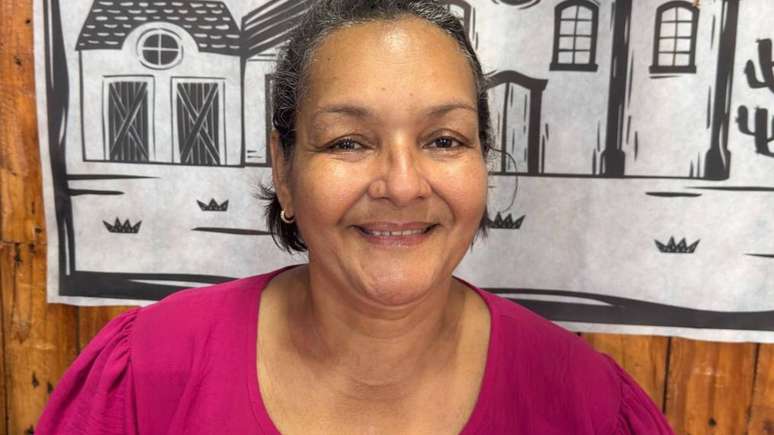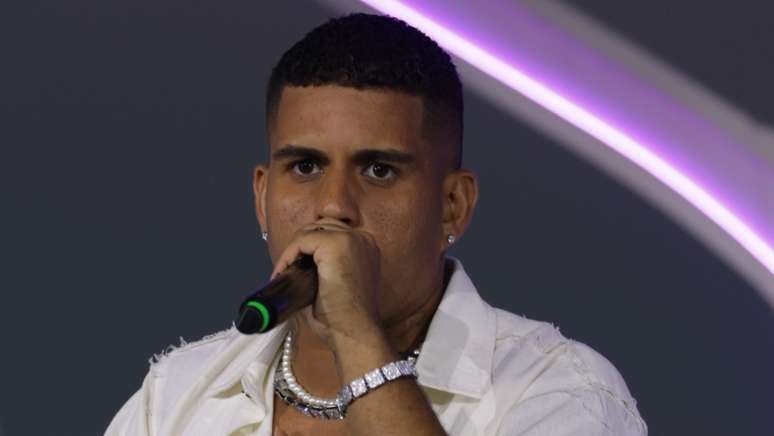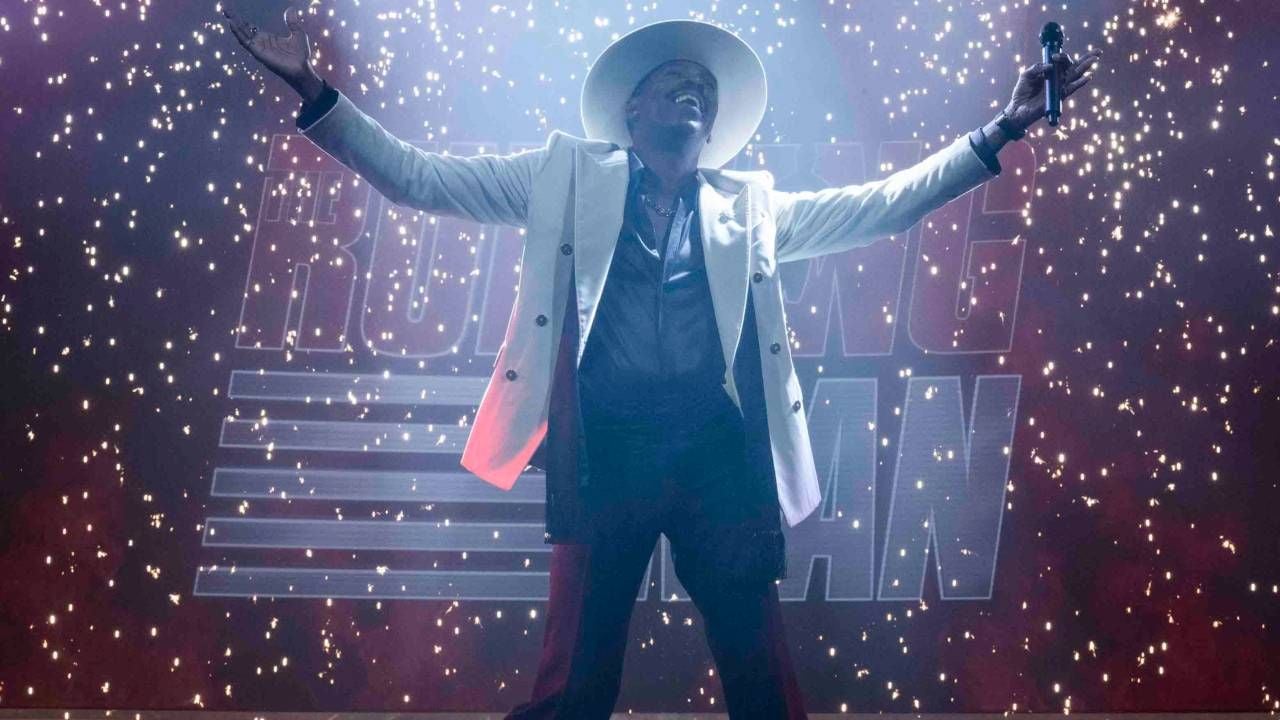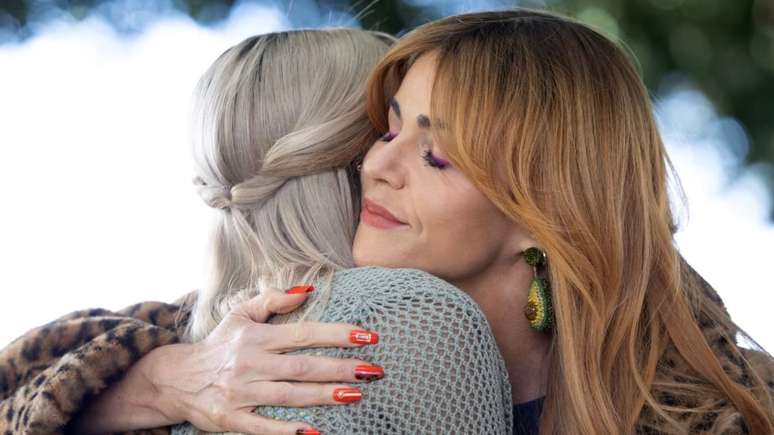Halloween is a holiday imported from English-speaking countries, but which has increasingly won the hearts of Brazilians.
Who has never seen a Halloween party in a movie and wants to take part in the tradition of ordering sweets, such as candy and chocolate, door to door or dressing up in scary and fun ways? In Brazil this is also possible, given that here this holiday has its own version: it is Halloween.
Celebrated annually, Halloween is seen as an opportunity for children, teenagers, adults and people of all ages to dress up, go out on the streets asking for candy and have parties.
In Brazil, the day also shares the date with Saci Day, used to celebrate Brazilian folklore and, although it has not moved the market as much as other dates in the trading calendar, it has increasingly won over Brazilians.
What is Halloween?
Halloween is a traditional commemorative date in countries such as the United States and Canada, in which people dress up and go out on the streets asking for sweets from door to door.
In Brazil, Halloween has been translated as Halloween and has become popular in recent decades, especially thanks to language schools which, in order to make their students live with the culture of English-speaking countries, have begun to promote Halloween parties.
When is Halloween celebrated?
Halloween is celebrated every year on October 31st. So, this is the date that marks Halloween in Brazil.
In Brazil, Saci Day is also celebrated on October 31 as a way to save and celebrate Brazilian folklore figures.
What is Saci Day?
Celebrated in Brazil since 2003, Saci Day was created by federal deputy Chico Alencar to counter Halloween and valorize figures from Brazilian folklore, such as Saci himself, Curupira, Caipora or Mula Sem Cabeça.
What is the origin of Halloween?
According to historians, Halloween originates from the Celtic people who inhabited the regions of Central Europe centuries ago.
At that time, it was common to celebrate the Samhaina celebration that lasted three days – from 30 October to 2 November – during which people thanked for the abundance of that year’s harvest and celebrated the end of summer.
According to the belief of the time, on this date, the spirits of deceased ancestors returned to earth to celebrate the date with their families, which caused people to light bonfires and wear masks so as not to be recognized by the dead.
As the years passed and Catholicism dominated the world, the Catholic Church saw the need to create a celebration to prevent this pagan tradition from continuing to be celebrated by the people.
Then, Pope Gregory III changed All Saints’ Day – previously celebrated on May 13 – to November 1.
The day before All Saints’ Day became known in English-speaking countries as “All Hallows Eve” and, as time passed and the language evolved, it became “Halloween”, a date which, despite the new name, still celebrates centuries-old Celtic traditions does.
What does Halloween mean?
Currently, Halloween – or Halloween – is a commemorative date where children, teenagers and adults gather to dress up, decorate their homes and celebrate the date.
So, over the years, Halloween has become a holiday about having fun, and no longer about celebrating the end of summer or giving thanks for a good harvest.
Despite this, the day still maintains traditions established by the Celts centuries ago, such as wearing masks and lighting bonfires, which today have been transformed into pumpkin lanterns.
What are Halloween traditions?
Halloween has a number of traditions that it is recognized for, such as trick-or-treating and fun and spooky decorations.
Among the Halloween traditions we can mention:
trick or treat
During Halloween, it’s common for children to go out in costume and ask for candy at neighbors’ doors. The request comes through the phrase “trick or treat”: either the person gives a candy, or refuses to do so and receives a sweet in exchange.
The game originated in the United States, but has become a custom in all other countries that celebrate Halloween.
Costumes
Halloween costumes generally refer to themes such as witches, ghosts and skeletons. However, in recent years, with the popularization of children’s characters and superheroes, more and more traditional Halloween costumes have been replaced by pop culture characters.
Furthermore, it is customary for people to dress in scary ways, using makeup to reference characters from the horror universe or those created by themselves.
Themed decoration
Halloween decoration includes colors related to autumn – the period in which the celebration takes place in the United States – such as orange, brown, purple and black.
Furthermore, symbols common to the date are common in decorations, such as pumpkins, which are a seasonal crop, and scarecrows, which are common in plantations and, consequently, in the harvest festival.
Bonfires and lit candles cannot be missing, as well as ghosts – made of sheets.
Theme party
One of the traditions of Halloween are the themed parties that take place on that date. Costume parties, with typical and disturbing decorations, were common at the time and welcomed people of all ages.
What are the meanings of Halloween symbols?
From pumpkins to witches, Halloween has a number of symbols that are part of it.
Let’s know the main ones:
Pumpkin lanterns
Generally, Halloween pumpkins act as lanterns: they are carved and equipped with candles to illuminate the facade of houses.
This custom began due to an Irish legend which said that a man, called Jack O’Lantern, died and, after not being accepted into either heaven or hell, began walking around with a lantern, lighting up the streets.
Other legends say that a knight had his head cut off, and when he survived, he began using a pumpkin instead of a head – and, since then, many people have started carving their pumpkin lanterns as if they were faces.
Witches and black cats
Witches are generally women who know how to create magic and potions to help or harm people. They also always fly around on their broomsticks and are always remembered with a pointed black hat.
Their faithful companions are usually black cats, closely associated with bad luck and curses. A curiosity about Halloween is that often, during the occasion, the adoption of black cats is prohibited to avoid the sacrifice of these animals.
Vampires
Vampires are undead beings who feed on the blood of people and can, in addition to killing them, also transform them into other vampires.
Associated with coffins and death, vampires became even more popular in the form of Dracula, a character from the story of the same name created by Bram Stoker.
Zombie
The undead, the zombies, are monstrous creatures that have become part of the popular imagination and, in recent years, have been reworked in pop culture through works such as The Walking Dead and The Last of Us.
On Terra Você you can find out more about Halloween decorations, makeup and costumes!
Source: Terra
Ben Stock is a lifestyle journalist and author at Gossipify. He writes about topics such as health, wellness, travel, food and home decor. He provides practical advice and inspiration to improve well-being, keeps readers up to date with latest lifestyle news and trends, known for his engaging writing style, in-depth analysis and unique perspectives.

